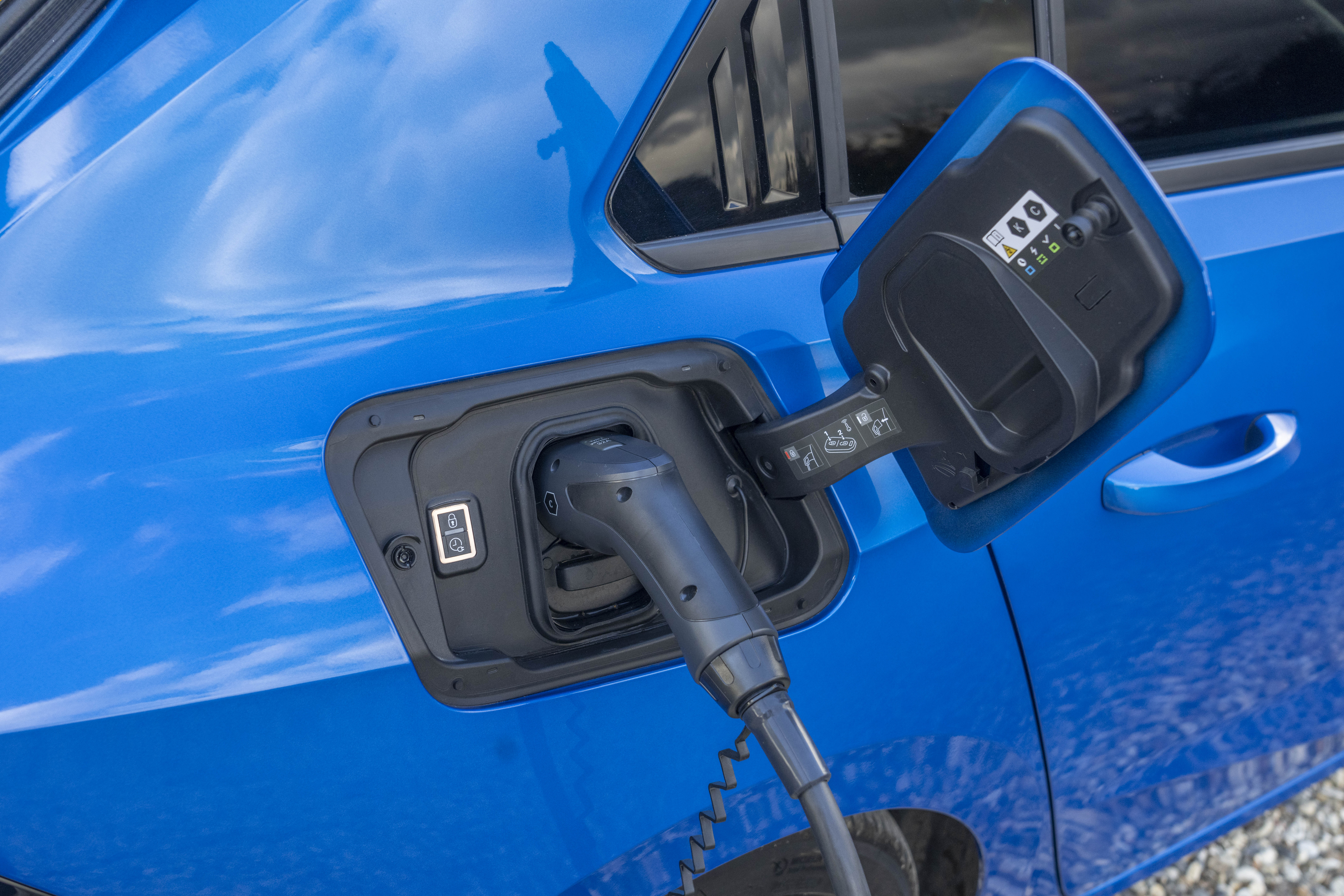At Ohme we obviously focus on home-charging but we also recognise that you might have to use a public EV charger from time to time on longer journeys.
While the public charging network is growing and has improved massively in recent years, new regulations surrounding public EV charging come into force from later this month – 24 November – to improve it even further.
So how will these changes affect you when you next have to visit a public charger? Here’s our handy guide to the latest changes:
Contactless payments
Like paying for a coffee or your shopping, contactless payments are finally coming to public charging stations. All new charge points above 8kW and all existing rapid charge points above 50kW will have to offer contactless payments.
You can still charge using an existing app or RFID card if you wish, but all charge points will also have to offer contactless payments to make it easier for those without the corresponding app or having an existing account. And talking of payments…
Clear pricing
In the same way that the price of petrol or diesel is clearly displayed at filling stations, so the price of charging will need to be shown on chargers too.
Drivers will need to know exactly what they’re paying for their charge in pence per kWh and also if the price includes any connection fees as well.
Reliability
The operators of public charging points will have to ensure that any rapid charge points of 50kW and above maintain 99% reliability.
That means that a charger is more likely to be working when you arrive for a charge and that the operators will need to properly maintain them. To prove this, the operators will have to report reliability metrics to the Department for Transport starting from 2026 (for 2025).
24/7 helpline
The charge point operators will have to provide a free helpline phone number that is open 24/7 and not just available through an app. This will give customers access to immediate support in the event of a problem or a query.
Plus, in a similar way as the reliability figures, the operators will have to regularly report to the Department for Transport on the kind of complaints they received and also what solutions they provided to resolve them.
Taking a penalty
It would be easy to think that these regulations are largely toothless and that some operators of public charge points will ignore them, but think again.
If a charge point operator doesn’t comply with any of the above new changes, then the Office for Product Safety and Standards (OPSS) can impose fines of up to £10,000 for each non-compliant charge point.
For larger charge point providers, that could soon add up, so they will have to comply. The only exceptions are government-owned organisations and some smaller businesses and charities.
